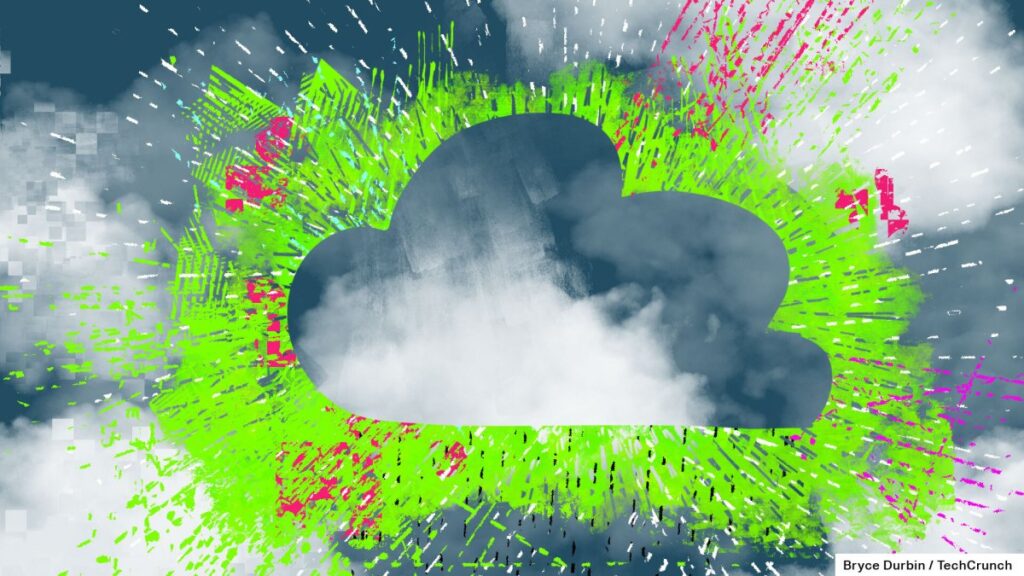With an explosion of weather and climate data that previous generations of tools can't process, is AI the future of prediction?
Research certainly suggests that this is the case, and a newly funded startup called Brightband is taking on the challenge of turning machine learning predictive models into both a business and open source standard.
Today's weather forecasting and climate monitoring technology is based on statistical and numerical models that are decades old. That doesn't mean they're bad or wrong, just that they're not particularly efficient. These physics-based models are the kind that take weeks to create on a supercomputer.
But AI has a talent for extracting patterns from large amounts of data, and studies have shown that when trained on years of weather patterns and observations from around the world, it can predict upcoming events with astonishing accuracy.
So why isn't it being used everywhere?
“The reason there's this gap is because governments have a hard time attracting great talent. And weather companies have a hard time attracting great talent. Meanwhile, weather is not a core industry for these tech companies. They don't go deep into that space and work with players to give them the tools they need,” explains Julian Green, CEO and co-founder of Brightband (formerly OpenEarthAI). “We think startups are bringing together great AI talent, great data talent, and great weather talent. There's a real opportunity to operationalize AI and make it available to everyone.”
The startup is designing its own models trained on years of weather observational data, but co-founder and head of data and weather Daniel Rosenberg is quick to point out that they're “standing on the shoulders of giants.”
“Large-scale physics-based models are monsters,” he says, “but AI is benefiting from them. The first leap was taking those models and discovering that the models could actually learn those patterns. We're building on top of that and extending it. We're aiming to be as accurate or better than the state of the art, the global weather forecasts that are available today.”
Green noted that it will also be orders of magnitude faster — “That's the fundamental disruptive force: it's faster and it's cheaper” — making it better suited for custom and changing use cases.
“Different industries have very different needs,” Green continued. “Energy companies need to forecast renewable energy supplies from wind and solar, and demand for heating and cooling. Transportation companies need to avoid extreme weather. Agriculture needs to plan weeks ahead to hire workers to plant, water, fertilize and harvest.”
Interestingly, the company has promised to make the model publicly available for anyone to use.
“Our goal is to open source the basic predictive functionality — not just the model, but the data we use to train it and the metrics we use to evaluate it. Bass Models will then layer on top of that as a paid service for more specific capabilities,” Green said.
Doing so means including (and processing and releasing) large amounts of data that was skipped in favor of the pre-processed database.
“Petabytes of historical data from weather balloons and satellites are being ignored because it's hard to work with,” Rosenberg says. But as with most AI models, the more data the better, and carefully curated diversity can greatly improve the quality of the output. “We really feel that building a community around this will accelerate what we can do in terms of understanding the atmosphere and being able to do that at scale.”
I pointed out that this was just like what the National Weather Service (which provides a huge amount of its observational data and forecasts for free as a public service) and other agencies would do if they could.
Green disagreed, saying he works closely with those agencies and they do store significant reams of data, but it's not necessarily the kind of fast, portable data that a highly responsive consumer-facing company would need. He said he sees this as a continuation of international collaboration on weather data.
As for the actual progress of product development, Green acknowledged that “it's still relatively early days. We've been working on it for a few months now, but we don't have anything up and running as of yet. But we hope to have a finished model incorporating observational data by the end of 2025.” [i.e. satellite or local radar imagery] And then we make those predictions.”
Brightband is organized as a public benefit corporation, which Green said is “mainly a signaling thing.” “We're trying to be transparent about our mission and stand up for a cause and say, 'This is what we want to do.' I think the $10 million we've raised is a testament to the fact that we can attract capital.”
The PBC in this case essentially means that the board must balance the interests of shareholders with the interests of the stated mission in certain circumstances, but it does not limit profits or anything like that.
Weather products are expected to be announced before climate products, but there is no clear timeline for either apart from a year-end launch.
Brightband's $10 million Series A round was led by Prelude Venture, with participation from Starshot Capital, Garage Capital, Future Back Ventures, Preston-Werner Ventures, CLAI Ventures, Adrien Treuille and Cal Henderson.



